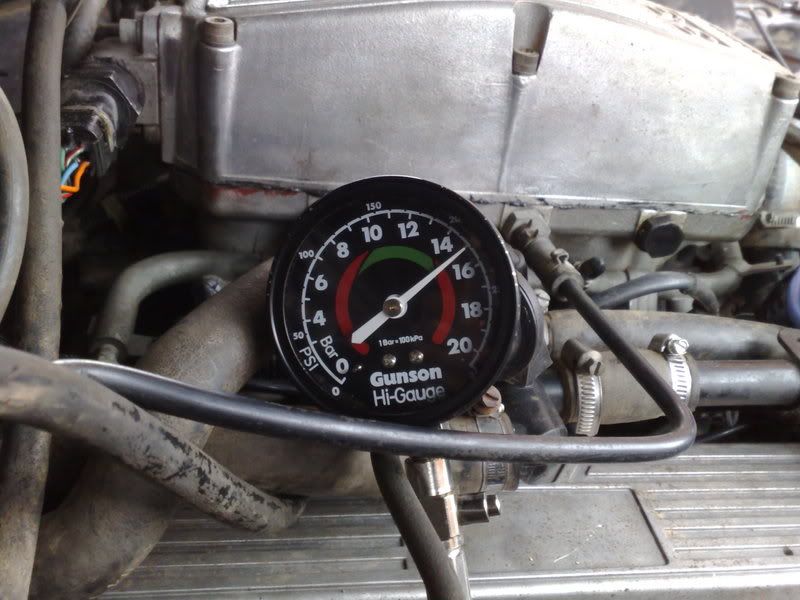CastleMGBV8 wrote:Pete,
Having just printed off and re-read your post you mentioned the sleeves to limit total advanc, did you mean that the sleeves go over the advance weight stops rather than the spring pegs or do they serve both purposes?
Kevin.
Hi Kevin,
If you take a look at how the advance bob weights work you will see that one of the pegs that one of the springs is clipped around also acts as the stopper for the advance mechanism. (You can see the heat treated bit of the mechanism hitting the peg, at least it is on the 35dml8 anyway).
I actually built up weld on this heat treated bit then filed it to shape, with no sleeves I now get 13.5 degrees on the dizzy, I have made sleeves of different sizes that slip over the peg once the spring is removed, when the spring is replaced the sleeve can't fall off. The Realsteel springs are a right git to get off so be careful or you'll damage them.
The problem is that there is very little space to fit these sleeves, if they get too big they foul another part of the mechanism. You can file out some more clearance but its a bit tricky, just take your time and use a dremel or something similar.
There must be some clearance otherwise the thing could stick on full advance!!!
You can hold the dizzy in a vice and get a protractor that you can fit where the rotor arm goes, rig up a pointer to check the effect of your modifications. (Check it even before you do anything).
The sleeves need to be tall enough so that they can not ride up the peg.
None of this work is particually hard to do but you do need to take your time and double, tripple check your results. If you are into getting the best out of your motor but can't afford a mallory then doing this sort of stuff is at least cheap and must help.
I've just modded my mates dizzy, the springs on his were very slack so that some of the total advance would have been used up even at tickover, he pointed out that this could mean that we did not need fit a stopper, I pointed out that this was a bodge, he agreed!
We did not do any welding on his dizzy, we just used a slightly bigger sleeve.
One other thing that could save you 45 quid, if you knock out the roll pin for the gear drive so that you can pull the whole shaft out don't assume that the hole is drilled centrally, check the fit of the gear both ways round. If you just bung the gear on and bang the roll pin back through without checking the hole alinement you could bust the gear! (I did!)
Hope that helps!
Let us know how you get on,
Pete
P.S. I tested when the advance was all in using a very "scientific" method, I got the missus to slowly rev the engine whilst my head was under the bonnet with the strobe, when I could see that all the advance was in I waved my hands about, this either ment that she should note the rpm reading or that I was being sucked into the carb! (Remove the vac advance tube and bung the end up whilst doing this).
I have made some extra timing marks at 32, 34, and 36 degrees on my damper when I had the thing off. I used a junior hacksaw blade then ran some white paint into the cuts, infact I've done this on TDC, 2, 4, 6, 8, and 10
You should also check that your pointer points at TDC when the piston is at TDC otherwise everything single reading will be wrong!







